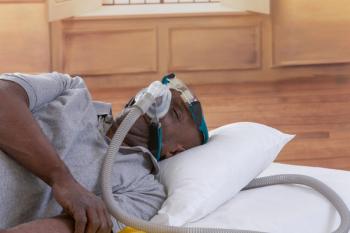
HITECH Act Resulted in Significant Gains in EHR Adoption in Hospitals
The results following the implementation of the Health Information Technology for Economic and Clinical Health (HITECH) Act of 2009 suggest its potential to be a model for other countries to follow when introducing new, valuable technologies.
The results following the implementation of the Health Information Technology for Economic and Clinical Health (HITECH) Act of 2009 suggest its potential to be a model for other countries to follow when introducing new, valuable technologies. HITECH was crafted to increase the adoption of electronic health records (EHRs) to improve the quality and efficiency of care.
A
“We hypothesized that system-affiliated, private for-profit, small, rural, and nonteaching hospitals would respond more strongly to meaningful-use incentives,” the researchers wrote.
The survey results revealed 4269 eligible hospitals and assessed the quality of computerized functions based on the type of EHR the hospital used, while considering hospital characteristics and demographics.
Prior to the implementation of meaningful use incentives, EHR adoption rates grew by an average of 3.2% annually for eligible hospitals. In the period after implementation, the average annual increase reached 14.2%. However, it’s important to note that even hospitals that weren’t eligible for incentives improved their rate of adoption during this time—before implementation the rate of annual increase among ineligible hospitals was 0.1%, and 3.3% following the incentives.
“Even though the large observed increase in EHR adoption among eligible hospitals after meaningful-use incentives were introduced is compelling evidence of HITECH’s effectiveness, it is possible that many hospitals would have adopted EHRs without the policy intervention,” the authors noted. “By using ineligible hospitals as a control group, we found that HITECH can be credited with increasing the rate of EHR adoption by 8 percentage points per year.”
These results establish HITECH’s influence in producing gains in EHR adoption for hospitals. Although the study acknowledged that EHR adoption was likely occur in hospitals’ long-term plans, the authors accredited HITECH with implementing incentives that caused hospitals to prioritize the adoption.
“Given the complexity of large-scale change in hospitals, this result is dramatic and suggests that HITECH can serve as a model for other countries seeking to increase EHR adoption among hospitals and for other policy efforts seeking to promote technology adoption more generally,” the authors concluded.
Newsletter
Stay ahead of policy, cost, and value—subscribe to AJMC for expert insights at the intersection of clinical care and health economics.













































